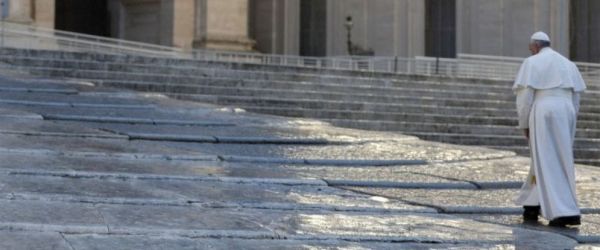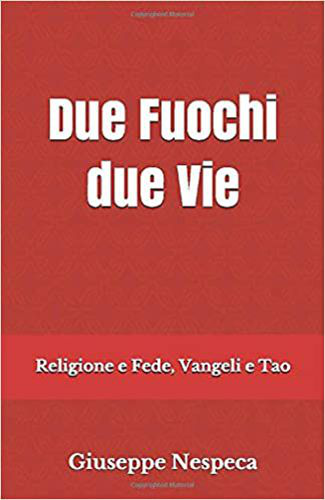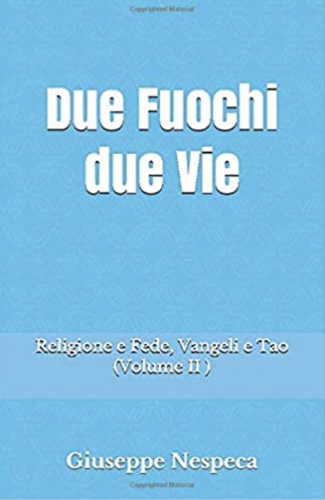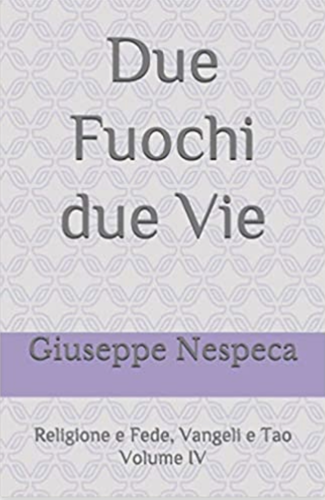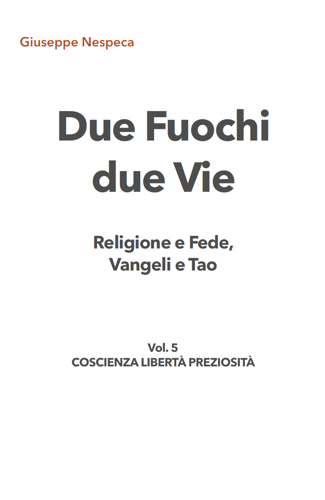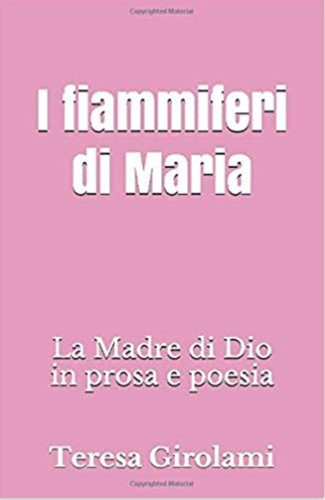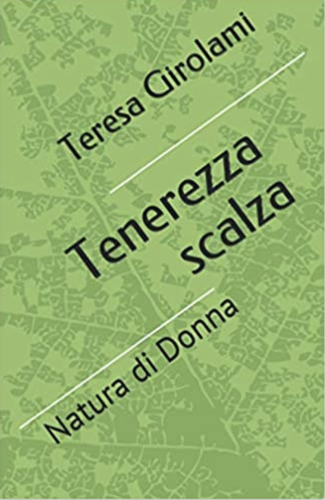The liturgical feast of the Chair of St Peter finds us gathered to celebrate the Jubilee of Mercy as the community of service of the Roman Curia, the Governorate and the institutions connected with the Holy See. We have passed through the Holy Door and we have come to the Tomb of the Apostle Peter in order to make our profession of faith. Today the Word of God illuminates our gestures in a special way.
At this moment, the Lord repeats his question to each of us: “who do you say that I am?” (Mt 16:15). A clear and direct question, which one cannot avoid or remain neutral to, nor can one remand it or delegate the response to someone else. In this question there is nothing inquisitional, but rather, it is full of love! The love of our One Master, who today calls us to renew our faith in him, recognizing him as the Son of God and Lord of our life. The first one called to renew his profession of faith is the Successor of Peter, who carries the responsibility to strengthen his brothers (cf. Lk 22:32).
Let us allow grace to shape our hearts anew in order to believe, and to open our mouths in order to profess the faith and obtain salvation (cf. Rom 10:10). Thus, let us make our own the words of Peter: “You are the Christ, the Son of the living God” (Mt 16:16). May our thought and our gaze be fixed on Jesus Christ, the beginning and the end of all actions of the Church. He is the foundation and no one may lay a different one (cf. 1 Cor 3:11). He is the “rock” upon which we must build. St Augustine recalls this with expressive words, when he writes that even if shaken and upset over historical events, the Church “will not fall, because she is founded on the rock, from which Peter’s name derives. It is not the rock that draws its name from Peter, but Peter who draws it from the rock; just as it is not the name Christ which derives from Christian, but the name Christian which derives from Christ.... The rock is Christ, upon which foundation Peter too was edified” (In Joh 124, 5: PL 35, 1972).
From this profession of faith derives for each of us the task of corresponding to the call of God. Pastors, first of all, are asked to have as a model God himself, who takes care of his flock. The prophet Ezekiel described God’s way of acting: He goes in search of the lost sheep, guides the stray back to the fold and cares for the sick (cf. 34:16). This behaviour is a sign of a love that knows no bounds. It is a faithful, constant, unconditional devotion, so that his mercy may reach all of the weakest. However, we must not forget that Ezekiel’s prophecy originates from the fact that Israel lacked shepherds. Thus it is good for us too, called to be Pastors in the Church, to allow the face of God the Good Shepherd to enlighten us, purify us, transform us and restore us fully renewed to our mission. That even in our work environments, we may feel, cultivate and practice a strong pastoral sense, especially toward the people we meet every day. May no one feel overlooked or mistreated, but may everyone experience, here first of all, the nurturing care of the Good Shepherd.
We are called to be God’s coworkers in an undertaking so basic and unique as that of witnessing by our existence to the strength of transforming grace and the renewing power of the Holy Spirit. Let us allow the Lord to free us from all temptation that separates us from what is essential in our mission, and let us rediscover the beauty of professing faith in the Lord Jesus. Faithfulness to the ministry combines well with the mercy that we want to make felt. In Sacred Scripture, after all, faithfulness and mercy are an inseparable binomial. Where there is one, there the other is also found, and it is precisely in their reciprocity and complementarity that the very presence of the Good Shepherd can be seen. The faithfulness that is asked of us is that of acting according to the heart of Christ. As we heard from the words of the Apostle Peter, we must tend to the flock with a “willing spirit” and become an “example” for all. In this way, “when the chief Shepherd is manifested” you may receive “the unfading crown of glory” (1 Pet 5:4).
[Pope Francis, homily at the Jubilee of the Roman Curia 22 February 2016]



